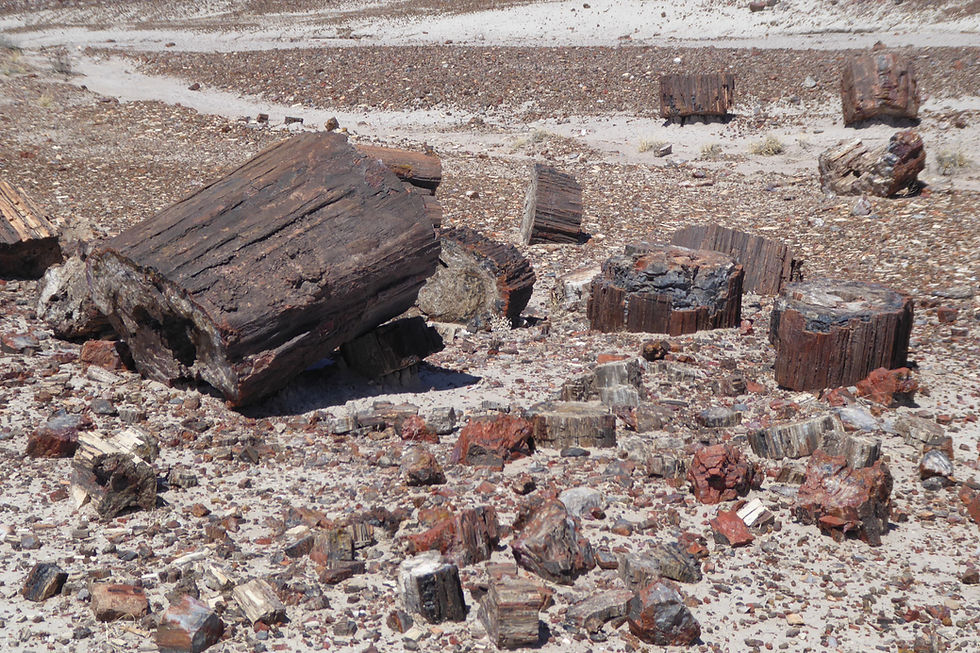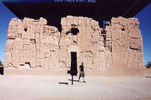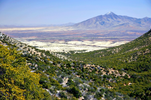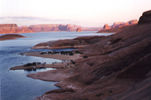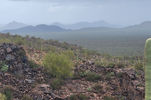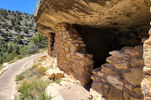Location & Access
Located in Apache and Navajo Counties, Petrified Forest National Park straddles Interstate 40 about 25 miles east of Holbrook, Arizona. Multiple entrances allow visitors to travel north–south through the park along a 28-mile scenic drive.
Natural Features
The park is renowned for its vivid deposits of petrified wood, created over 200 million years ago when fallen trees fossilized into quartz crystal. The surrounding Painted Desert adds brilliant red, orange, and purple badlands, shaped by erosion and layered geology.
Wildlife & Plants
Desert grasslands and badlands support pronghorn antelope, coyotes, jackrabbits, and lizards. Common plants include sagebrush, saltbush, rabbitbrush, and seasonal wildflowers. Birds such as ravens, meadowlarks, and kestrels are frequently spotted.
Cultural & Historical Significance
The park preserves more than 600 archaeological sites, including ancestral Puebloan petroglyphs, pit houses, and villages. Historic Route 66 once passed through the park, and remnants of the roadbed remain marked with vintage cars as interpretive exhibits.
Recreation & Visitor Information
Visitors can explore the park via the scenic drive, short hikes such as the Crystal Forest Trail, Blue Mesa Trail, and Painted Desert Rim Trail, or backcountry routes. The visitor centers provide exhibits, ranger programs, and a museum of fossils. Picnicking, photography, and guided tours are popular.
Conservation & Management
First designated as a national monument in 1906 and later expanded into a national park, Petrified Forest is managed by the National Park Service. Protection efforts focus on preserving fossil deposits, petroglyphs, and fragile desert ecosystems. Collecting petrified wood is prohibited.
Location: Apache & Navajo Counties, Arizona, USA
Nearest City: Holbrook, AZ
Size: ~221,390 acres
Established: December 9, 1962 (originally monument in 1906)
Managed by: U.S. National Park Service
Visitation: ~600,000 visitors annually

